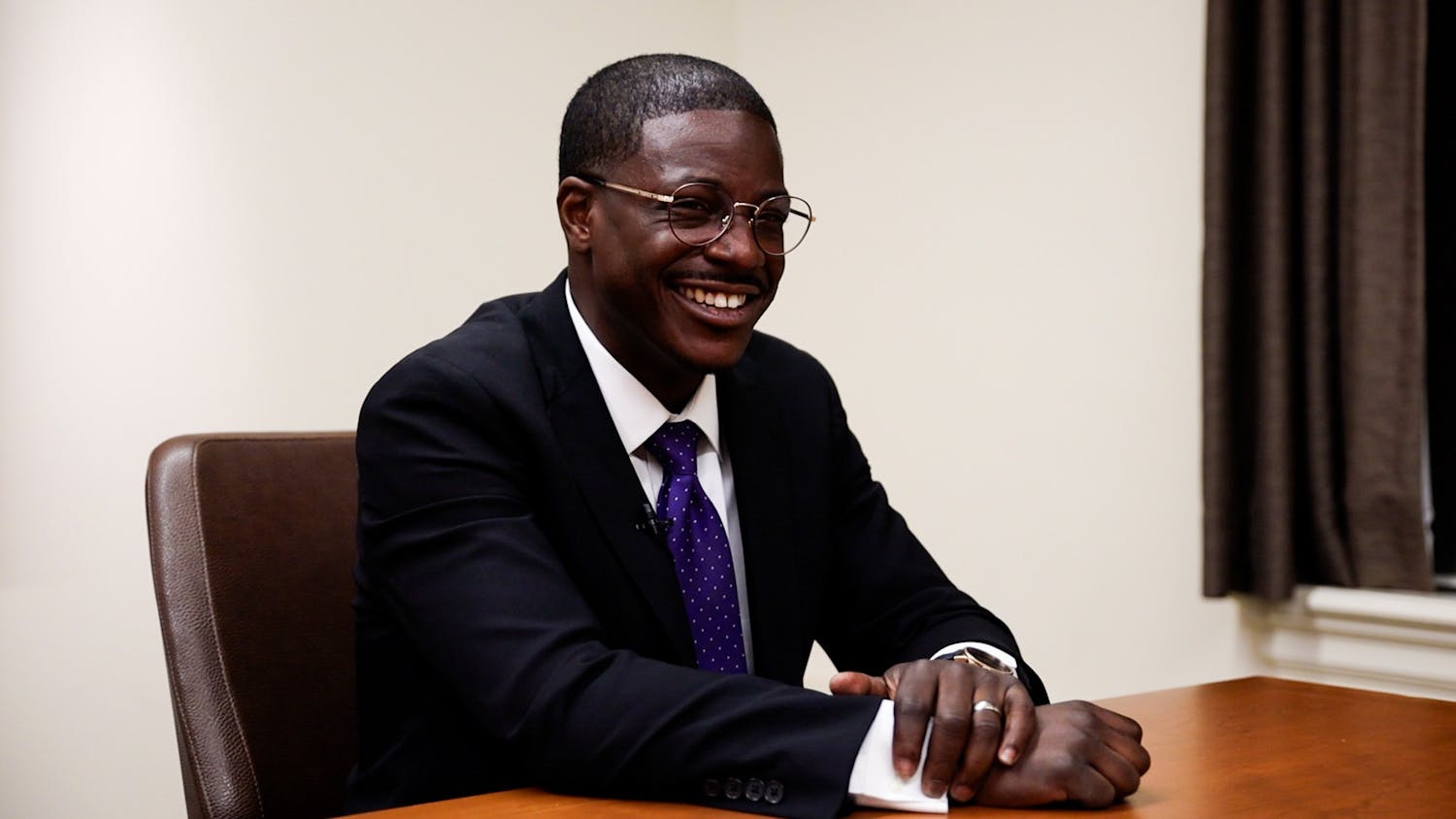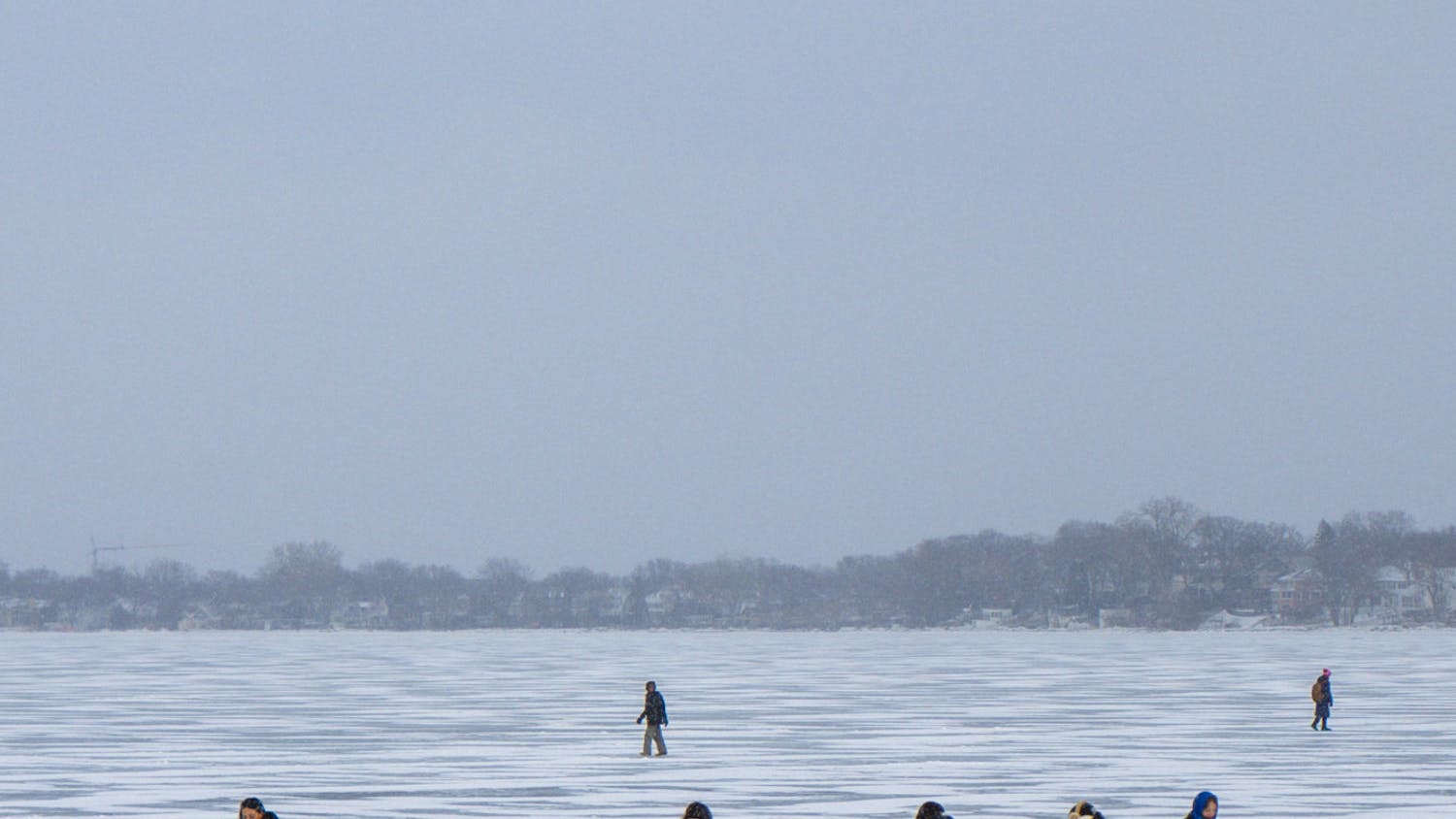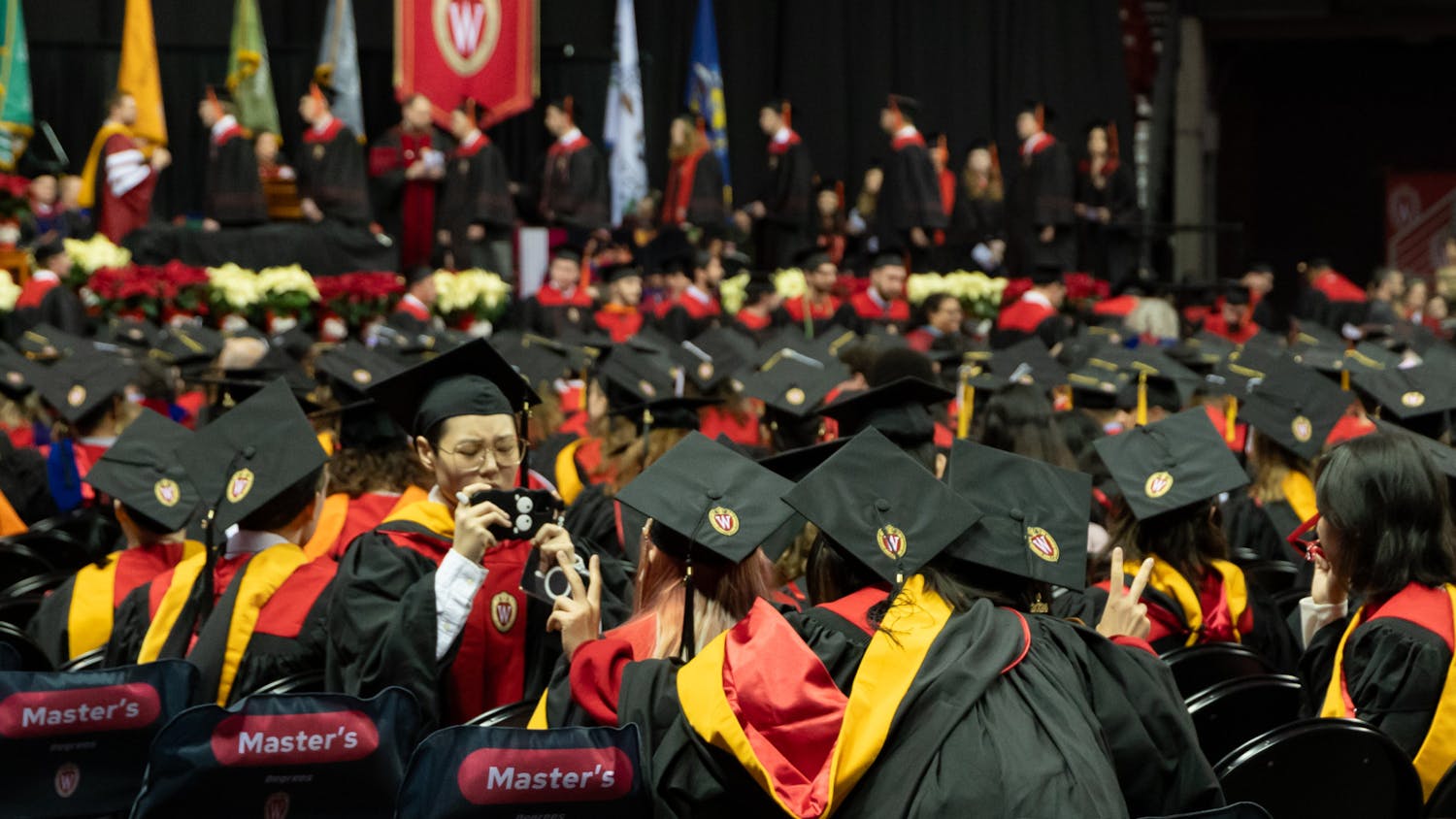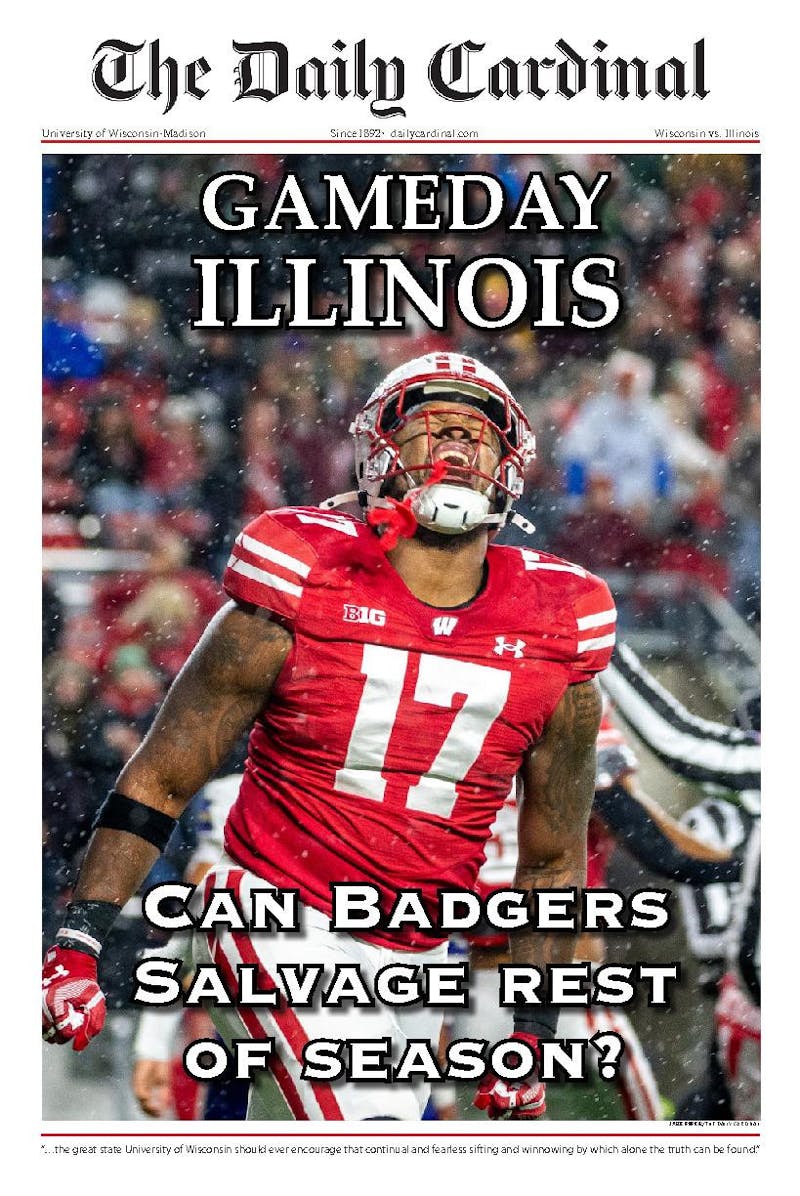With about 408,000 SAFEbus rides given in the 2006 fiscal year and the yearly cost to operate a bus rising, UW-Madison Transportation Services continues to look at improving routes and increasing the number of riders.
""We're always looking at whether or not we've got enough people on those buses,"" said Rob Kennedy, SAFE nighttime services manager. ""I think typically we have something around ... 200 on the 81 and 82 [routes] in the evening every night. We think that is a little bit low.""
Kennedy suggested overlapping routes might be the reason.
""There may be areas where the 81 and the 82 are duplicating or not providing much better service than what we've already got with the 80,"" he said. ""And the other thing is we simply might not have found the perfect routes.""
Transportation Services Director Lance Lunsway said his department shares the responsibility of SAFE services with the Associated Students of Madison and has considered combining routes to make them less complicated.
""We're trying to play with it to see, ‘Could we take the service we have and maybe incorporate both the 81 and 82 into one route?'"" Lunsway said. ""So you don't have to know specifically which bus goes to where—but eventually [know] that route will get you to where you want to go.""
Kennedy also considered the possibility that students are using other precautions when going places at night.
""Not everybody is going to choose the right, safe answer,"" he said. ""It might be that the bus is not what most people think is their primary safe option. Maybe their safe option is just walking with a bunch of other people where they're going or doing things by certain times or using SAFEwalk or SAFEcab.""
UW-Madison sophomore Sarah Shafer brought her car to campus and said she drives as an alternative to riding the bus.
""I definitely think the bus routes are confusing and that is why I brought my car down,"" Shafer said. ""I would never know where a bus was picking up, or what the route was, and how I could get back. Having my own car, I can just rely on myself and I don't have to worry. I only have to worry about parking tickets.""
According to Kennedy, Madison Metro is in charge of making bus maps available to the community and has made them available in several ways. Each SAFEbus has maps and schedules on them. Additionally, the Transportation Services website has maps of the SAFEbus routes, while Madison Metro's website offers the most updated routes for all buses.
""We do have a map ... that people can get here at customer services that has those bus routes on them too, but that's hard to keep as updated,"" Kennedy said.
Lunsway said student feedback and new developments along Park Street, including Smith Residence Hall and the Welcome Center, convinced Transportation Services to add an additional daytime route—the 85—in July 2006.
""We felt that this would be a good, quick way to get around the academic and urban campus ... versus having to ride [the bus] clear out to the hospital or Eagle Heights and back,"" he said. ""It also put two more buses on right at Memorial Union where we know that it gets full a lot.""
During the academic year, the SAFE buses run from 6:30 p.m. to 1:30 a.m. Sunday through Thursday and to 3:00 a.m. on Fridays and Saturdays. While daytime buses rotate approximately every seven minutes, circulation decreases to intervals of 15 to 30 minutes at night.
""Part of it has to do with the cost of the bus,"" Lunsway said. ""To keep up the same amount of times [at night as during the day] it costs that much more—you've got to have more buses on and really we don't see that much ridership to say that we need as many buses on all the routes.""
He said the cost of a bus is about $477,000 per year, split between Transportation Services and ASM through student segregated fees.
For Kelly Heller, UW-Madison sophomore and frequent SAFEbus rider, the extra time waiting for a bus at night far outweighs the risk of walking alone.
""I refuse to walk anywhere at night alone because I find it unsafe,"" Heller said. ""For a lot of people on this side of campus, it's the only night transportation to get to State Street, College Library, the Union, the SERF and many other places.""
Heller, who lives near Camp Randall on Breese Terrace, said she uses SAFE buses to get to classes, the SERF and her job at Ogg Hall.
Heller said SAFE buses are a safer option for students who are drinking.
""I know a lot of people who drive everywhere, but take the 82 on the weekends when they're going to be drinking,"" she said.
While Heller considers Madison a safe city, she is taking her personal safety into her own hands.
""There are still the same risks that face every city, and unfortunately, everybody—not just girls—need to take simple precautions to vastly avoid these risks,"" she said.





